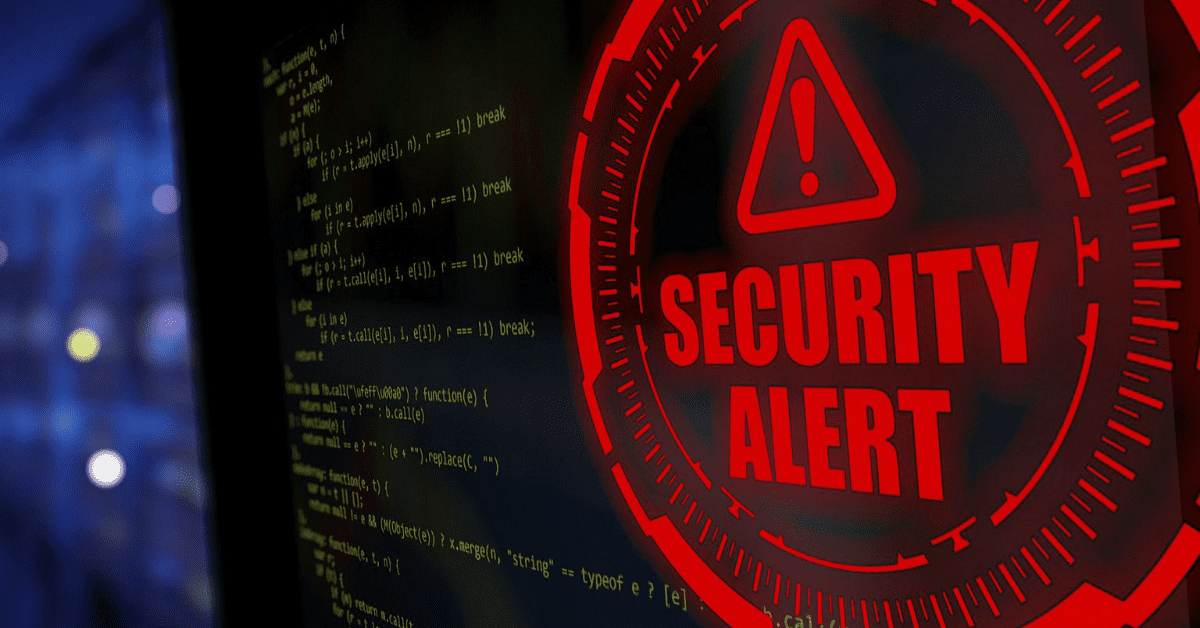Cybersecurity Trends November 2020 – With new technology and more people working online than ever before, our risk for cyberthreats is at an all-time high. Hackers are notorious for modifying their tactics to get past the latest security measures, so it’s becoming increasingly important for businesses to understand the latest cybersecurity trends and countermeasures. Because there is such a wide range of online threats, there is no one solution when it comes to protecting your business from cyberthreats. However, keeping up with the latest developments and taking preventative action will put you a step ahead of anything that comes your way.
5 Cybersecurity Trends November 2020
COVID-19 Scams
COVID-19 has impacted almost every aspect of our lives, including the ways we interact online. As the virus continues to spread worldwide, researchers at the National Cybersecurity Alliance are reporting a major uptick in cyberthreats exploiting the pandemic. Cybercriminals are taking advantage of coronavirus fears by using online scams to steal personal and financial information through email, text messaging, and social media. As we enter 2021, fraudulent activities related to COVID-19 are only expected to persist. If you encounter anything that seems suspicious, try to verify that the request is legitimate, pay attention to the website’s URL (malicious websites may look identical to a legitimate site), and never reveal personal or financial information in an email.
Cloud Breaches
With the vast majority of computing now occurring virtually, cybersecurity professionals are noting that breaches in the cloud are on the rise. Although cloud computing remains the safest way to store sensitive information, you should still be vigilant. Simple security measures like incorporating multi-factor authentication, cloud to cloud backup, and creating a comprehensive off-boarding process to protect against departing employees can help ensure your sensitive data in the cloud does not become compromised.
Mobile Security
With more people working remotely due to COVID-19, we’re relying on our mobile devices to handle everything from phone calls and emails to daily tasks that would normally be handled on a traditional computer. But because smartphones allow us to do virtually everything on one device and undergo fewer updates to their operating systems, they are becoming increasingly vulnerable to hackers. As we enter the new year, remember to keep your devices up to date, be mindful of what apps you install, and track and lock your devices.
Social Hacking
When it comes to cybersecurity, we don’t often think of Facebook or Instagram. But with almost 4 billion people actively using social media worldwide, it has become one of the biggest targets for hackers looking to obtain sensitive data. Hackers are also hijacking verified accounts with thousands of users to spread bitcoin scams that are difficult to track and are becoming the preferred currency for cybercriminals. This year, Twitter accounts for Bill Gates, Kim Kardashian, and Elon Musk were all breached, asking people to pay bitcoin to take their money. Next year, social media accounts will continue to be prime targets for hackers, and account holders should pay attention and use common sense when it comes to spotting a scam. Cybersecurity on social media is more than just malware and viruses on a computer.
AI Integration
Artificial intelligence (AI) is playing a greater role in cybersecurity protection as advanced technologies become more accessible. If you have a smartphone, you’re probably already using tools like facial recognition software or speech recognition (think Siri) that work to protect your identity. Many credit card companies are starting to use AI to assist financial institutions with preventing billions of dollars in fraud annually. AI is also working around the clock in the background as an anti-virus and malware solution, analyzing data and responding immediately to protect you. A cyberattack that would take humans hours, days or even months to identify can be addressed within seconds using AI.
Related Article: 5 Cybersecurity Tips to Keep Your Workplace Safe
With many offices working remotely and most tasks requiring an internet connection, employees spend more time online than ever before and unknowingly putting their employers at risk of cyberattacks. Read more …
Last year, there were approximately 80,000 cyberattacks each day, and that number will only increase as our reliance on digital technology expands. As you prepare your cybersecurity plan for 2021, keep these trends in mind to protect safeguard your business from cyberattacks.
To learn more about The New DICE and how we protect our client’s from cyberattacks CONTACT US for more information.
Copyright 2020

